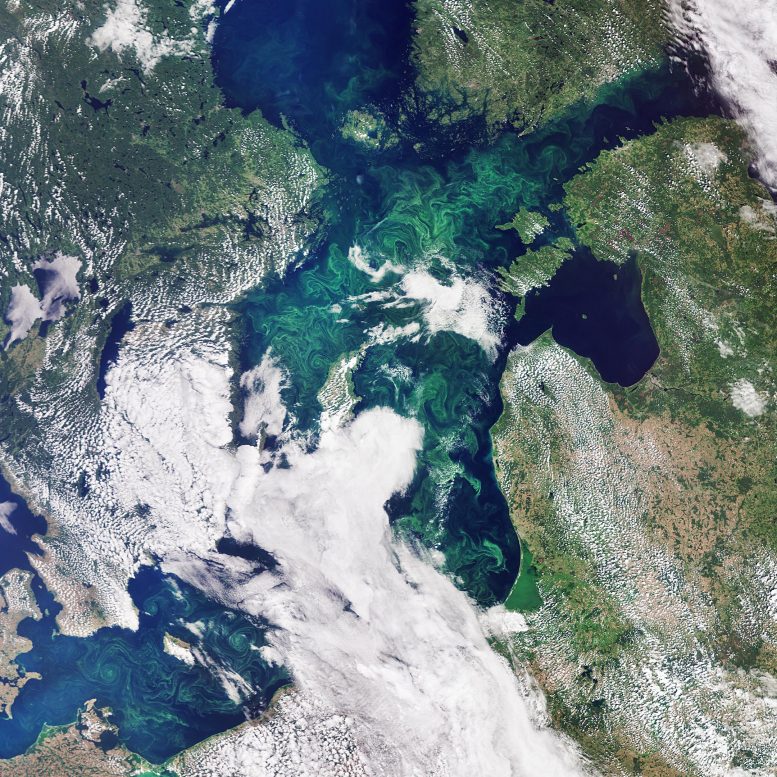
Green algae blooms swirling around the Baltic Sea are visible in this image captured by the Copernicus Sentinel-3 mission. Credit: contains modified Copernicus Sentinel data (2019), processed by ESA, CC BY-SA 3.0 IGO
Today marks World Oceans Day, a day that aims to raise awareness about protecting and restoring our oceans and its resources. Today, and every day, Earth-observing satellites continuously watch over the ocean to monitor and protect our environment.
Covering more than 70% of Earth’s surface, the oceans are what makes this our Blue Planet. Our seas influence the climate, produce the oxygen we breathe, serve as a means of transport and a major source of food and resources.
But they are under stress from climate change, pollution, and ocean acidification – all of which affect ecosystems and biodiversity. Satellite data increase our scientific understanding and support a range of environmental monitoring services in support of ocean conservation. From water saltiness to wave height, through sea level, sea ice, and phytoplankton, satellites take stock of the ocean in many different ways.
In this image, captured by the Copernicus Sentinel-3 mission, the green algae blooms swirling around the Baltic Sea are visible. The Baltic Sea faces many serious challenges, including toxic pollutants, deep-water oxygen deficiencies, and toxic blooms of cyanobacteria affecting the ecosystem, aquaculture, and tourism.
Satellite data can track the growth and spread of harmful algae blooms in order to alert and mitigate against damaging impacts on tourism and fishing industries. Learn more about the seas that surround us and how satellite monitoring helps protect them.


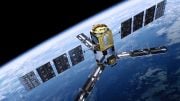
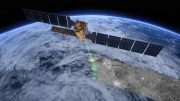
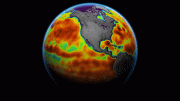

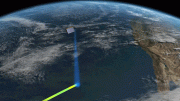
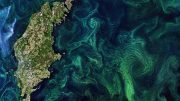

Be the first to comment on "World Oceans Day: Safeguarding Our Oceans"